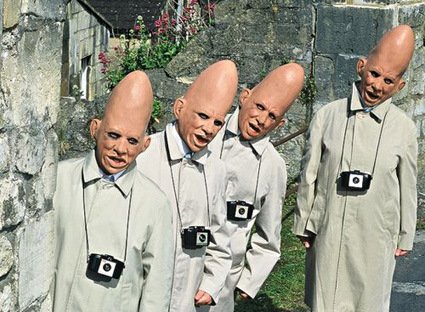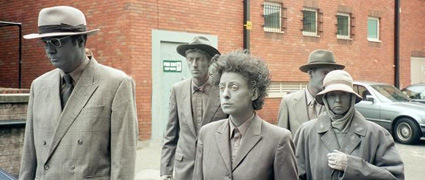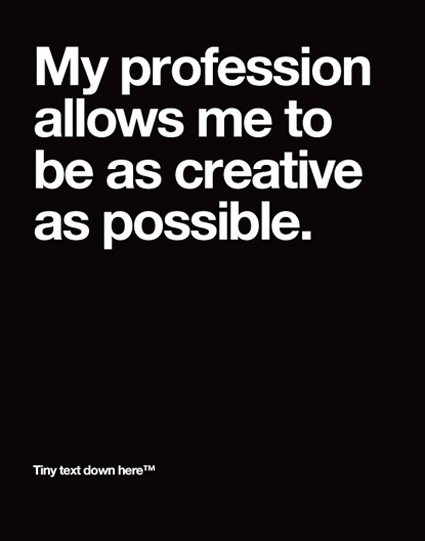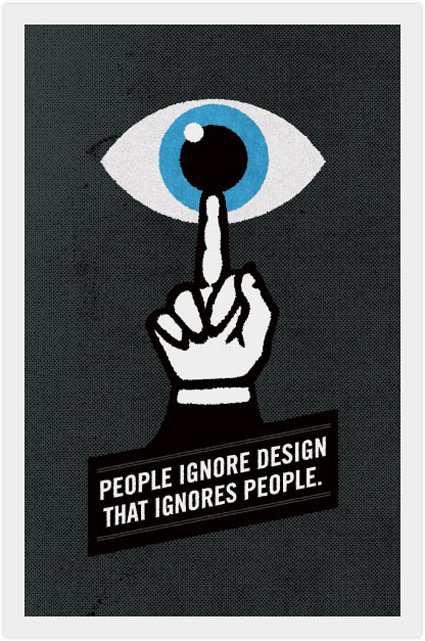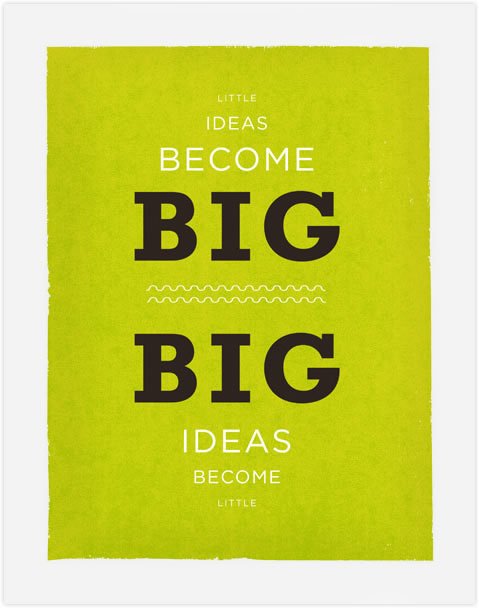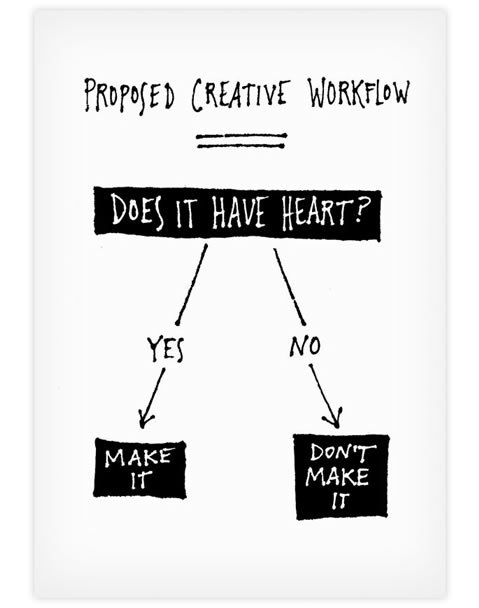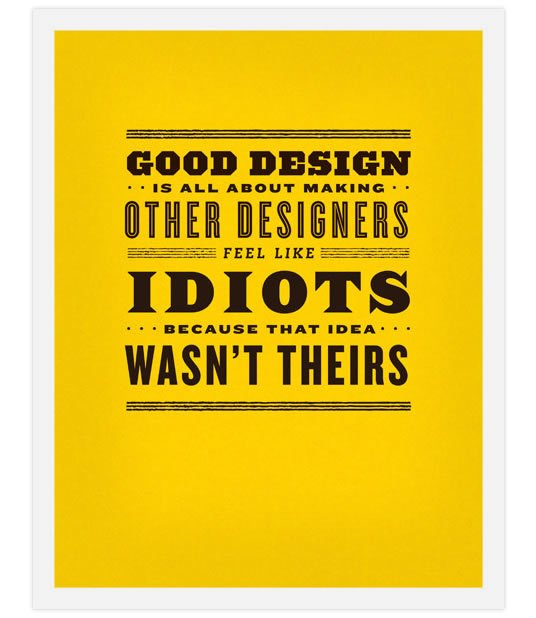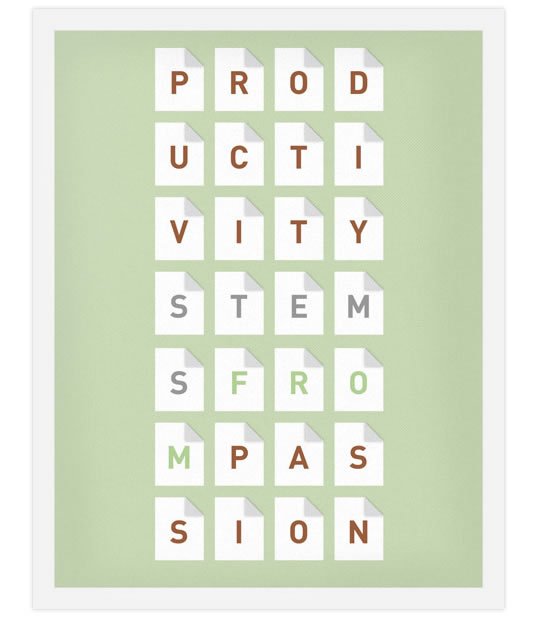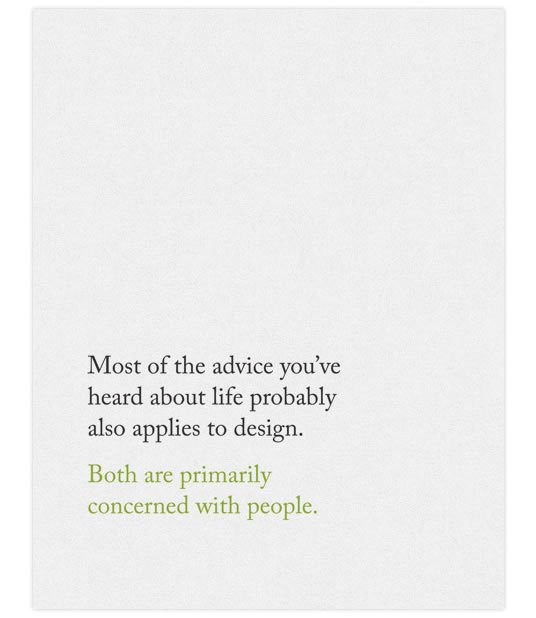
Must you cute-sify your logo if you want to show you’re green? For instance, major corporations like BP and Monsanto have ditched their stodgy and serious logos in favor of cuter and more ‘down-to-earth’ ones. Nicole Peterson (who has a very interesting research going on – the usage of cute in contemporary design) ponders in this article. Excerpt:
Environmental awareness has been around for decades, but increasing alarm about global warming has put it on the forefront of the public mind. It is no longer only in the realm of hippies and tree huggers; the average American consumer can also be an environmentalist! But since the issue of environmentalism is so vast and complicated, many newcomers to the green movement may feel unsure about where they can start. Cuteness is an effective way to make novel, complicated ideas and technology easier to understand by taking away uncertainty and allowing empathy. For example, when introducing the iMac G3 in 1998, Apple focused on the computer’s cuteness and ease of use rather than its technological capabilities. Television commercials playing the Rolling Stones’ “She’s a Rainbow” emphasized that the G3′s rounded, approachable design came in a variety of bright colors. Similarly, the green movement is now focusing on easy, feel-good ways consumers can help the planet.





